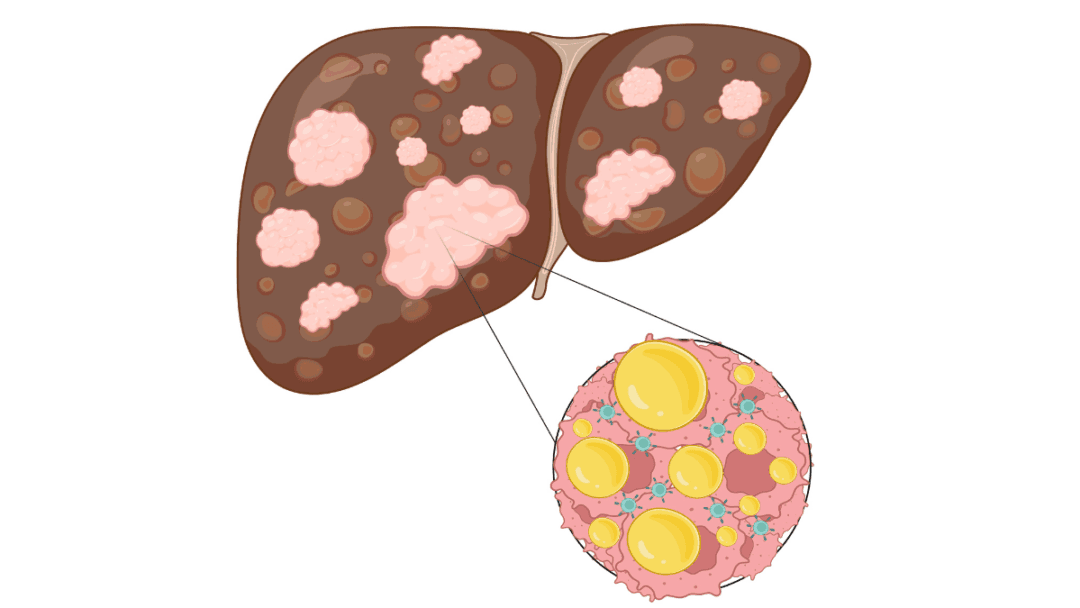A recent study published in Sex Roles has brought attention to the complexities surrounding perceptions of sexual consent, particularly in the context of college life. Conducted by Laura A. Pazos and her colleagues, the research highlights the influence of several contextual factors—such as alcohol consumption, the nature of the relationship between individuals involved, and the gender of the evaluator—on how college students interpret sexual consent.
Understanding the Prevalence of Sexual Violence in College
Sexual violence is a serious concern within the college-age population, with research indicating that this group experiences disproportionately high rates of sexual violence. One major complicating factor in such situations is the role of alcohol consumption, which is often present in sexual encounters. Alcohol can impair judgment and decision-making abilities, making it difficult to properly assess the situation and the degree to which consent is given. This leads to complicated situations where the line between consensual sex and sexual assault becomes blurred.
In response to this issue, many college campuses have implemented affirmative consent policies, which demand that sexual consent be explicitly, clearly, and soberly communicated before engaging in sexual activity. These policies are part of a broader effort to prevent sexual assault, advocating for a model of consent in which individuals must openly say “yes” rather than relying on inferred or assumed approval. Such policies highlight the significance of clear, verbal, and sober consent, but researchers, including those behind this study, are exploring the real-world dynamics that can lead to the misinterpretation of these guidelines.
Discrepancies Between Ideal and Real-World Applications of Consent
While affirmative consent policies promote an idealized form of communication, studies have pointed to discrepancies in how consent is interpreted and communicated in practice. In day-to-day scenarios, consent is not always verbally communicated; nonverbal cues or ambiguous signals are more commonly used. This reliance on unclear or nonverbal cues is problematic because it opens the door for misinterpretation, which can lead to unintended consequences. While ideal scenarios of clear verbal communication are advocated, human behavior often doesn’t align with this, which can be problematic when evaluating consent.
Pazos and her team aimed to address these gaps by investigating the key factors influencing college students’ perceptions of consent and sexual activity. Their research sheds light on how factors such as alcohol consumption, the relationship between the individuals involved, and even the gender of the evaluators shape students’ judgments of sexual scenarios.
The Study: Design and Findings
For the study, Pazos and her colleagues recruited 111 undergraduate students from two universities in the southern United States. Participants, with an average age of 21.7 years, were presented with 36 vignettes that involved sexual encounters between a man and a woman. These vignettes included various factors that varied the scenarios, such as: whether consent was explicitly granted, explicitly denied, or ambiguously communicated; the level of alcohol consumption involved (sober, tipsy, or intoxicated); and the type of relationship between the individuals (whether they were strangers or dating). Furthermore, the gender of the evaluators was also examined to understand how perceptions of consent might differ based on the evaluator’s gender.
Participants rated the vignettes on a 6-point Likert scale that assessed three key dimensions: their perception of consent, the likelihood of sexual assault, and the willingness of the target to engage in sexual activity.
The results of this study revealed interesting trends in the participants’ perceptions. First, participants were generally consistent in distinguishing between clearly consensual situations and nonconsensual ones. Scenarios where consent was explicitly granted were rated as fully consensual, while those in which consent was explicitly denied were deemed nonconsensual and indicative of sexual assault. However, a significant degree of variability appeared in the case of ambiguous consent scenarios.
The Impact of Alcohol and Gender on Perceptions of Consent
One of the most striking findings of this study relates to alcohol consumption. When the vignette involved women who were described as tipsy (having consumed one or two drinks), participants were more likely to perceive the situation as consensual and less likely to interpret it as potential sexual assault. This perception held even if the consent was ambiguous or not verbally confirmed. The idea that someone slightly intoxicated was more likely to engage in sexual activity—misleadingly interpreted as “willing”—is a dangerous notion that ignores the complexities surrounding consent when alcohol is involved.
In contrast, scenarios where the female character was either sober or heavily intoxicated were more frequently perceived as ambiguous or leaning toward a lack of consent. This suggests a false association between moderate alcohol consumption and willingness—which complicates how students approach issues of sexual consent. It also underscores how alcohol use can cloud judgment, leading individuals to misinterpret ambiguous or unclear situations as consensual, even when the presence of alcohol may complicate an individual’s ability to give valid consent.
Another noticeable trend was the gender difference in how participants interpreted these scenarios. Male participants were notably more inclined to perceive situations as consensual across all levels of alcohol consumption. Specifically, men were more likely than women to rate scenarios with intoxicated women, even when consent was explicitly denied or ambiguous, as consensual. This disparity in perceptions between men and women raises important questions about underlying social and cultural norms, including attitudes toward women’s autonomy in sexual situations. Men were more likely to view these scenarios as part of a normative sexual interaction, irrespective of the potentially compromised or non-consensual circumstances.
Additionally, the relationship type—whether the two individuals were dating or strangers—significantly influenced participants’ assessments. Scenarios involving couples who were dating were less likely to be perceived as instances of sexual assault, even when the communication of consent was unclear. This trend could suggest that people tend to assume that those in established relationships have a stronger, more implicit understanding of consent, which, in turn, makes them less likely to question sexual encounters. However, this is problematic because all sexual encounters—regardless of the relationship status—should involve clear, affirmative consent. By assuming that consent is inherently present in long-term relationships, there is a risk of overlooking potential issues surrounding pressure, coercion, or miscommunication.
Implications for Campus Education on Consent
The findings from this study highlight the need for a more nuanced approach to educating students about consent, particularly in the context of alcohol use and varying relationship dynamics. Although affirmative consent policies stress clear, sober, and verbal agreements, this study reveals that alcohol and nonverbal cues complicate how students understand and interpret these interactions in real-world contexts.
Moreover, the research suggests the importance of understanding gender dynamics and the relationship between individuals when discussing consent. The study’s gender differences illustrate that men and women may interpret similar situations differently, underscoring the need for tailored education that addresses these gaps. Programs that not only promote verbal and sober consent but also emphasize the critical importance of recognizing and respecting nonverbal cues and understanding the consequences of alcohol consumption in sexual settings will likely be essential in tackling the problem of sexual assault on college campuses.
Limitations and Real-World Implications
While the study provides insightful results, it’s important to note that vignettes used in research do not perfectly capture the complexities of real-world interactions. The scenarios in these vignettes may be more simplified than actual sexual encounters that take place on campuses. Real-life situations are shaped by a multitude of variables—including personal history, situational context, and emotional cues—that cannot be fully replicated in written vignettes.
Therefore, while the research underscores key factors influencing perceptions of consent, further studies and more naturalistic methods of data collection—such as real-time observations or interviews—are necessary to better understand the real dynamics of consent and how to mitigate the misinterpretation of sexual encounters.
Conclusion
This study sheds light on the complex landscape of sexual consent among college students, demonstrating the significant role that factors such as alcohol consumption, relationship type, and gender dynamics play in shaping perceptions. Despite efforts to encourage clear and verbal communication of consent, real-world scenarios often reflect ambiguity, potentially leading to misinterpretations. With these insights, it becomes apparent that more effective educational programs are needed to promote healthier, safer sexual practices and increase awareness about the importance of clear, unequivocal consent. More work remains to ensure that individuals are equipped with the tools to recognize, respect, and communicate consent in a way that reduces the prevalence of sexual assault and miscommunication on college campuses.






